 1994 Lancia Kappa (838) Dimensions, Size & Specs
1994 Lancia Kappa (838) Dimensions, Size & SpecsMeasurements of the 1994 Lancia Kappa, engineered for optimal performance and comfort
| Dimensions | |
|---|---|
| Length: | 4687 mm184.5 in15.4 ft |
| Width: | 1826 mm71.9 in6.0 ft |
| Height: | 1462 mm57.6 in4.8 ft |
| Trunk Capacity: | 525-565 liter18.5-20.0 cu ft |
| Weight Specifications | |
| Curb Weight: | 1440-1520 kg3175-3351 lbs |
| Maximal permitted Weight: | 1990-2030 kg4387-4475 lbs |
| Tire Specifications | |
| Rims Sizes: | 15-inch rims:
|
| Tire Sizes: |
|
The Lancia Kappa (838), produced from 1994 to 2000, is a mid-size luxury sedan known for its elegant Italian design combined with practical dimensions and a comfortable interior. Measuring 4687 mm (184.5 inches) in length, the Kappa strikes a balance between spaciousness and city maneuverability. Its width ranges from 1822 mm to 1826 mm (71.7 to 71.9 inches), providing ample interior room for passengers, while a height of 1462 mm (57.5 inches) contributes to a sleek profile and aerodynamics. The curb weight of the vehicle varies between 1440 kg and 1520 kg (3175 to 3351 lbs), reflecting different engine and trim options available throughout its production. The maximum permissible weight sits between 1990 kg and 2030 kg (4387 to 4476 lbs), allowing for generous payload capacity. Luggage space is generous in the Kappa, offering between 525 and 565 liters (18.5 to 19.9 cubic feet) of trunk volume, making it practical for family use or longer trips. The ride is supported by a range of rim sizes, primarily 15-inch wheels with specifications such as 6.5J x 15 ET 37, and compatible tire sizes including 195/65 R15, 205/55 R16, 205/65 R15, 205/60 R15, 195/60 R15, and 215/55 R16, which offer a variety of grip and comfort options. Overall, the Lancia Kappa (838) blends size, luxury, and practicality, maintaining relevance in the mid-1990s luxury sedan market with its refined dimensions and solid engineering.
Discover the standout features that make the 1994 Lancia Kappa a leader in its class
Have a question? Please check our knowledgebase first.
The Lancia Kappa (838) sedan measures 4687 mm (184.4 inches) in length, with a width ranging from 1822 to 1826 mm (71.7 to 71.9 inches), and a height of 1462 mm (57.6 inches). These dimensions give it a balanced presence typical of executive sedans from the mid-90s, offering sufficient cabin space and road presence while remaining manageable in urban environments.
The curb weight of the Lancia Kappa (838) varies between 1440 kg and 1520 kg (3170 to 3351 lbs), depending on the variant and equipment level. Its maximum permissible weight ranges approximately from 1990 kg to 2030 kg (4387 to 4476 lbs). This weight range reflects the car's substantial build and equipment, contributing to its solid road feel and safety characteristics.
The Lancia Kappa boasts a luggage capacity between 525 and 565 liters (18.5 to 19.9 cubic feet), which is quite generous for a sedan of its class. This capacity provides ample space for suitcases, shopping bags, or other cargo, making it a practical option for families and long-distance driving requirements.
The Lancia Kappa (838) is fitted with rims sized 6.5J x 15 ET 37, with tire options including 195/65 R15, 205/55 R16, 205/65 R15, 205/60 R15, 195/60 R15, and 215/55 R16. These tire sizes provide a balance between ride comfort, handling, and road grip, suitable for the car's executive sedan characteristics.
The width of the Lancia Kappa ranges from 1822 mm to 1826 mm (about 71.7 to 71.9 inches). This width gives the vehicle a stable stance on the road, enhancing cornering and handling. However, the width means that parking in narrow spots or tight urban environments may require more caution, though it remains practical by mid-size sedan standards.
A standard family garage size typically measures around 2400 mm (7.87 ft) in width and about 4800 mm (15.75 ft) in length. The Lancia Kappa (838), at 4687 mm (15.38 ft) long and up to 1826 mm (6 ft) wide, fits comfortably within these dimensions. This means it can easily be parked inside a typical single-car garage with some room to spare for doors to open and movement around the vehicle.
The Lancia Kappa (838) succeeded the Thema and is marginally larger in length and width, offering improved passenger and luggage space. While the Thema measured approximately 4770 mm in length (a bit longer), the Kappa’s slightly wider stance (1822-1826 mm vs. Thema's approximate 1770 mm) results in a more spacious cabin feel and better road presence. The Kappa also introduced updated styling and technology, representing a modern evolution while maintaining the luxury and comfort expected from Lancia’s executive sedans.
In comparison to executive sedans like the BMW 5 Series (E34) or the Audi A6 (C4) from the same era, the Lancia Kappa holds its own with competitive dimensions. Its length of 4687 mm (184.4 inches) is within the typical range for mid-size luxury sedans, though slightly shorter than some rivals. The 525-565 liters of trunk space is generous, often exceeding some competitors' capacities. While some German contemporaries might offer more rigid driving dynamics, the Kappa focuses on comfort and spaciousness, making it practical and elegant with Italian flair.
With an external height of 1462 mm (57.6 inches), the Lancia Kappa delivers balanced internal headroom typical for executive sedans of its time. Though not classified as particularly tall, the car’s efficient interior packaging allows comfortable seating for front and rear passengers, ensuring passengers do not feel cramped. Its overall spacious cabin benefits from a thoughtfully designed interior, making it suitable for longer journeys without sacrificing comfort.
The Lancia Kappa's curb weight, ranging from 1440 kg to 1520 kg (3170 to 3351 lbs), places it in the mid-weight category for executive sedans. This weight helps provide a stable, solid ride quality and enhanced safety through structural rigidity. However, it also means that fuel efficiency may not be as high as lighter compact cars, especially when paired with larger engine options. The balance between weight and power was designed to offer a comfortable and refined driving experience rather than sporty performance.
Discover similar sized cars.
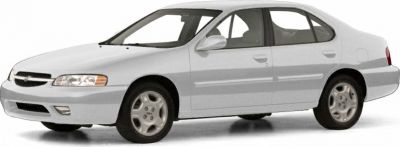
| Production: | 1998-2002 |
|---|---|
| Model Year: | 1998 |
| Length: | 4660 mm183.5 in |
| Width: | 1760 mm69.3 in |
| Height: | 1420 mm55.9 in |
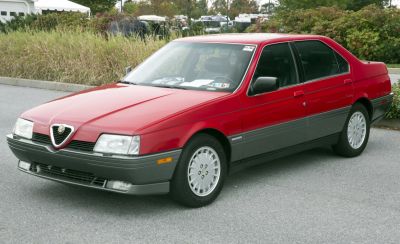
| Production: | 1987-1998 |
|---|---|
| Model Year: | 1987 |
| Length: | 4550-4670 mm179.1-183.9 in |
| Width: | 1760 mm69.3 in |
| Height: | 1356-1400 mm53.4-55.1 in |
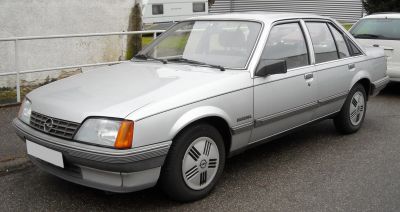
| Production: | 1982-1986 |
|---|---|
| Model Year: | 1982 |
| Length: | 4652 mm183.1 in |
| Width: | 1726 mm68.0 in |
| Height: | 1420 mm55.9 in |

| Production: | 2018-2020 |
|---|---|
| Model Year: | 2018 |
| Length: | 4720 mm185.8 in |
| Width: | 1815 mm71.5 in |
| Height: | 1465 mm57.7 in |
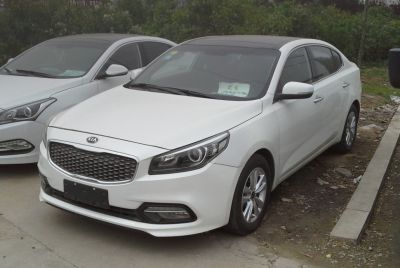
| Production: | 2014-2018 |
|---|---|
| Model Year: | 2014 |
| Length: | 4720 mm185.8 in |
| Width: | 1815 mm71.5 in |
| Height: | 1465 mm57.7 in |

| Model Year: | 2025 |
|---|---|
| Length: | 4730 mm186.2 in |
| Width: | 1860 mm73.2 in |
| Height: | 1480 mm58.3 in |
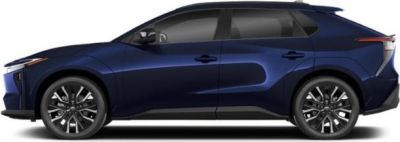
| Production: | 2023-present |
|---|---|
| Model Year: | 2023 |
| Length: | 4725 mm186.0 in |
| Width: | 1835 mm72.2 in |
| Height: | 1480 mm58.3 in |
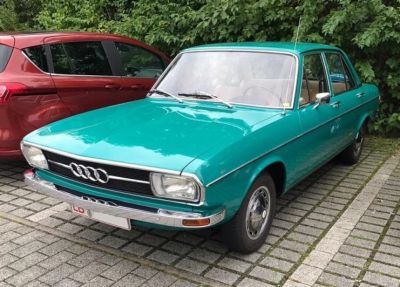
| Production: | 1973-1976 |
|---|---|
| Model Year: | 1974 |
| Length: | 4600-4635 mm181.1-182.5 in |
| Width: | 1729 mm68.1 in |
| Height: | 1421 mm55.9 in |
